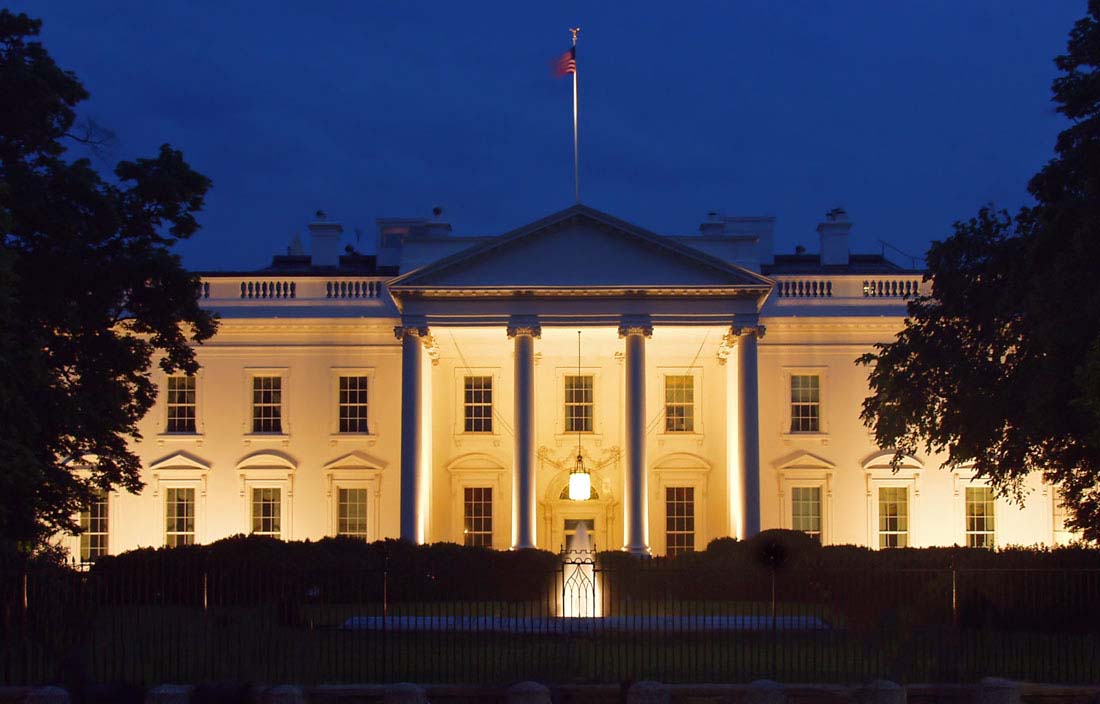As more guidance is released related to the new tax law, we’re looking deeper into the implications for tax-exempt organizations. Effective for tax years beginning on or after Jan. 1, 2018, a 21 percent excise tax is imposed on certain tax-exempt organizations when compensation paid to “covered employees” either exceeds $1,000,000 or meets the requirements of an excess parachute payment.
The new excise tax is applicable to all Section 501(a) organizations, including Section 401(a) tax-exempt, tax-qualified plans and Section 115(1) state entities (i.e., entities the income of which is for the benefit of a state).
Compensation to covered employees
Individuals whose compensation might trigger an excise tax under this provision are “covered employees,” which means they’re one of the top five-highest compensated employees for the taxable year. Once employees are designated as covered employees, they remain covered employees for all future years. So, in future years, an organization could have more than five covered employees subject to the excise tax.
Once the covered employees are determined, the excise tax is assessed on the employer for any covered employee with compensation in excess of $1,000,000.
The compensation subject to the 21 percent excise tax includes wages subject to income tax withholding and amounts required to be included in income under Section 457(f). Benefits under a 457(f) plan are included in income at the time of vesting. Any non-taxable benefits aren’t considered compensation for this purpose. As a point of reference, compensation subject to the excise tax is the compensation typically reportable on Form 990 Part VII and on Schedule J.
Additionally, compensation includes amounts paid, not just by the tax-exempt organization, but also by related organizations. The criteria for determining which organizations are related is very similar to the criteria used in the Form 990 instructions for reporting compensation paid by a related organization.
Excess parachute payments
As mentioned above, an “excess parachute payment” is also subject to the 21 percent tax. In general, compensation paid in connection to a separation from employment is a parachute payment. The excise tax is triggered when the sum of the parachute payments to a covered employee exceeds three times the employee’s average W-2 pay for the five years preceding the date of the separation. The 21 percent excise tax is then assessed on the amount of parachute payments in excess of one times the covered employee’s five-year average W-2 pay.
Smaller tax-exempt organizations should take note that an employer has exposure to the excess parachute payment 21 percent excise tax for employees with compensation below $1,000,000. The excise tax will be assessed when one of the organization’s covered employees is entitled to be paid compensation in connection with a separation from employment exceeding three times his or her five-year average W-2 pay.
The new excise tax is effective for taxable years beginning on or after Jan. 1, 2018. For fiscal year tax filers, it’s unclear at this time if the tax will be based on the W-2 wages for the calendar year that falls within the fiscal year, or if organizations will need to determine wages based on payments made during the fiscal year.
Also, it’s important to note that amounts paid to a licensed medical professional, including a veterinarian, for medical services performed are excluded in determining compensation in excess of $1,000,000 and excess parachute payments. We expect further clarification from the IRS on this exclusion.
What’s next for tax-exempt organizations?
There’s been a lot of press about the excise tax applying to governmental organizations. The discussion predominately focuses on whether state universities and their athletic coaches are subject to the new excise tax, since historically, the IRS has viewed certain governmental entities as being tax-exempt under an implied doctrine of governmental immunity. We expect Congress to issue a technical correction to provide clarity.
For fiscal-year filers, there may be an opportunity to accelerate payments into the fiscal year beginning before Jan. 1, 2018, to avoid being subject to the excise tax. To take advantage of this opportunity, fiscal-year filers should review deferred compensation agreements to determine if it makes sense to vest portions of the deferred compensation now and consider paying any bonuses prior to the end of the fiscal year.
The new 21 percent excise tax could impose significant tax burdens on tax-exempt organizations. Plan now with tax professionals and your legal counsel to understand how it could affect you and how to mitigate this tax.





